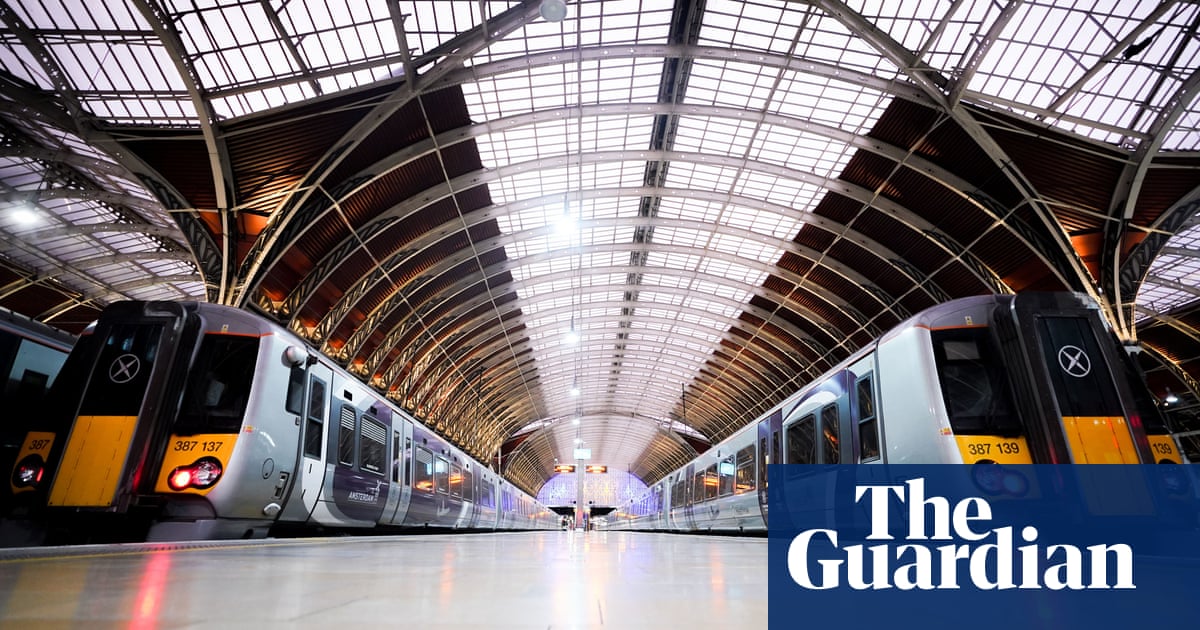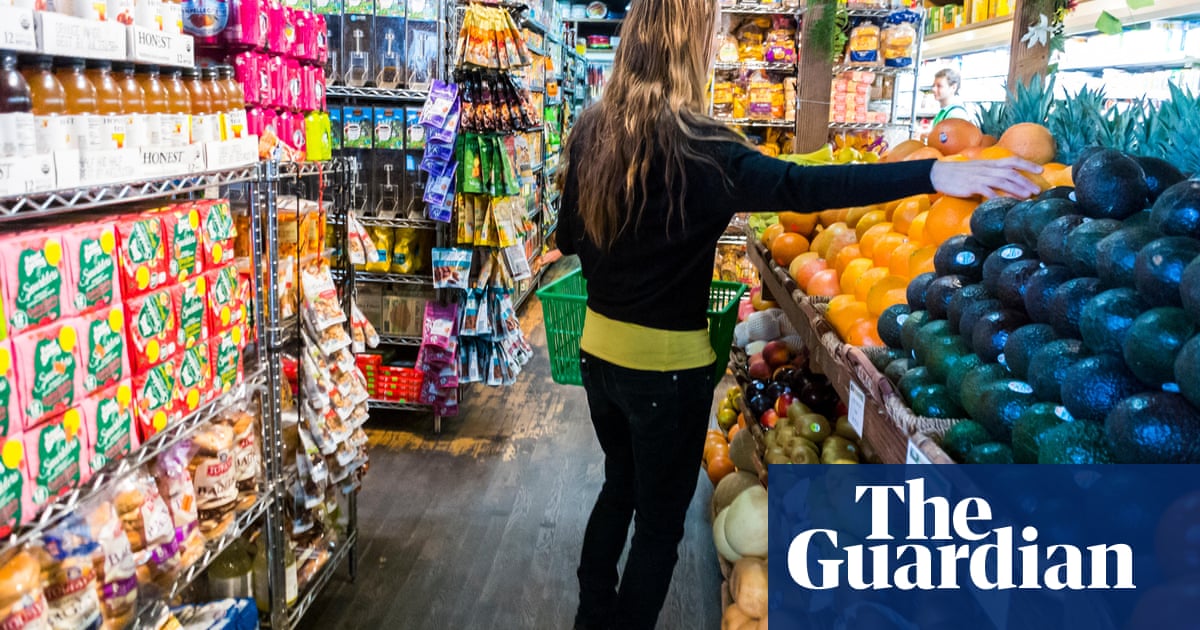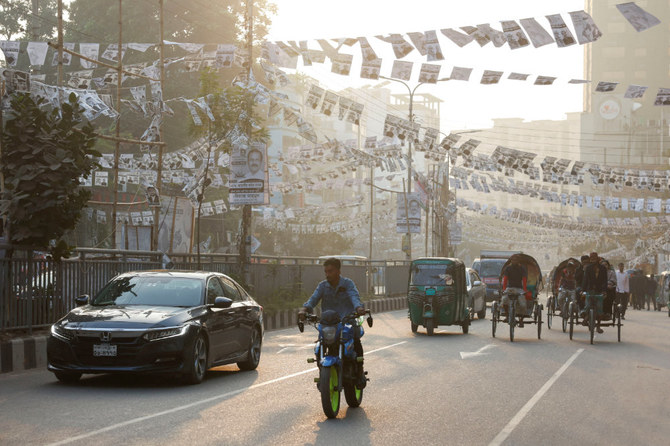
The public have been warned to brace themselves for another year of physical distancing measures, with the chief medical officer for England, Prof Chris Whitty, saying it is time to be realistic about what lies ahead.
But what would a new normal of physical distancing look like?
Sector by sector
Construction and manufacturing are likely to be at the forefront of a phased return that would be based on a traffic-light system, particularly given the pressure from Conservative MPs. The government recently issued guidance saying such work could continue if done in line with physical distancing rules “wherever possible”.
Shops could return next, subject to reduced opening hours and strict rules on customer numbers at any one time, , including DIY retailers and garden centres, plus hairdressers.
In terms of non-essential services, they could be followed by restaurants and pub, though again with physical distancing on tables and a cap on customer numbers.
Last to come back would be arts and culture, including cinemas and theatres, while Premier League football matches would initially be played behind closed doors, perhaps with some screened on free-to-air TV. The National Theatre is hoping to reopen in July while planning for scenarios that might push it back as late as January or beyond.
The shielded
The government said in March it would be contacting 1.5 million people to tell them they should be “shielding” on account of being at a higher risk due to factors such as their age or underlying health conditions.
That number could grow. The increase would be driven by information provided by GPs tasked with finding out more about other patients.
If such groups have to confine themselves to their homes for another year, or until a vaccine is ready, then enhancements are likely to be made to processes including the employment of an army of volunteers and online delivery systems.
Generational divide
One approach that has been discussed by policymakers, and proposed by researchers such as those at Warwick University, involves a youth-first policy allowing for younger worker in their 20s and 30s who no longer live with their parents to return to work first.
While younger groups are not impervious to Covid-19, they are regarded as the most resilient. Such an approach has led some to joke there could even be a maximum drinking age in the bars that might open at the same time.
By contrast, vulnerable and older people – specifically those aged above 70 – might have to remain in their homes for at least another year or until a vaccine is developed.
Back to school
While there is a case for reopening smaller schools first, one proposal is for secondary schools and above to open initially, as older students would be more likely – in theory – to abide by physical distancing and travel by themselves. In England the most likely are years 10 and 12 - the first years of GCSE and A-levels respectively.
In terms of primaries, one idea floating around government is that year 6 – comprising 10- and 11-year-olds – could be allowed back. Other proposed measures include staggering opening times, capping numbers and hours, altering term times and providing protective equipment for staff in some instances.
Imposing measures
Britons have not been ordered to wear masks in public, although this could become more commonplace if mayors including London’s Sadiq Khan continue to back the measure.
But it appears other measures, including floor markings inside and outside supermarkets, are here to stay and may well be expanded. Temperature screening, of the type that customers in China’s shops and travellers at some international airports have become used to, could also appear.
A concept that could gain traction again is that of immunity passports for people who have antibodies after previously contracting coronavirus. But this is complicated, not least by problems with testing, unsettled science around immunity and fears some may want to become deliberately infected.
Amid an unprecedented global surge in digital surveillance, many might also be concerned by steps towards tracking of the type credited in South Korea with helping to suppress the pandemic there at an early stage.
An NHS app is being tested that would allow people to report their symptoms and then anonymously alert other users that have been in contact with that person in recent days.












